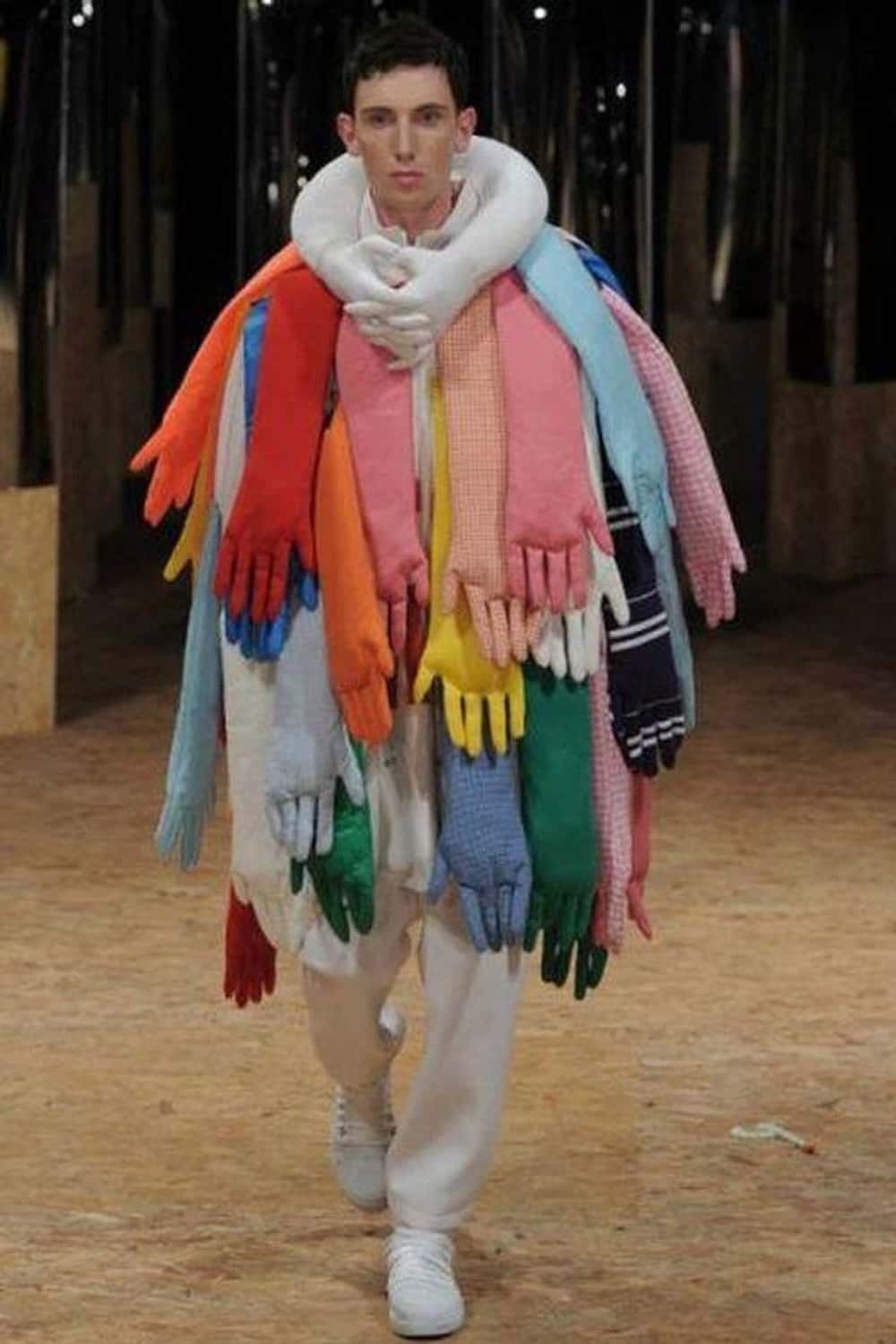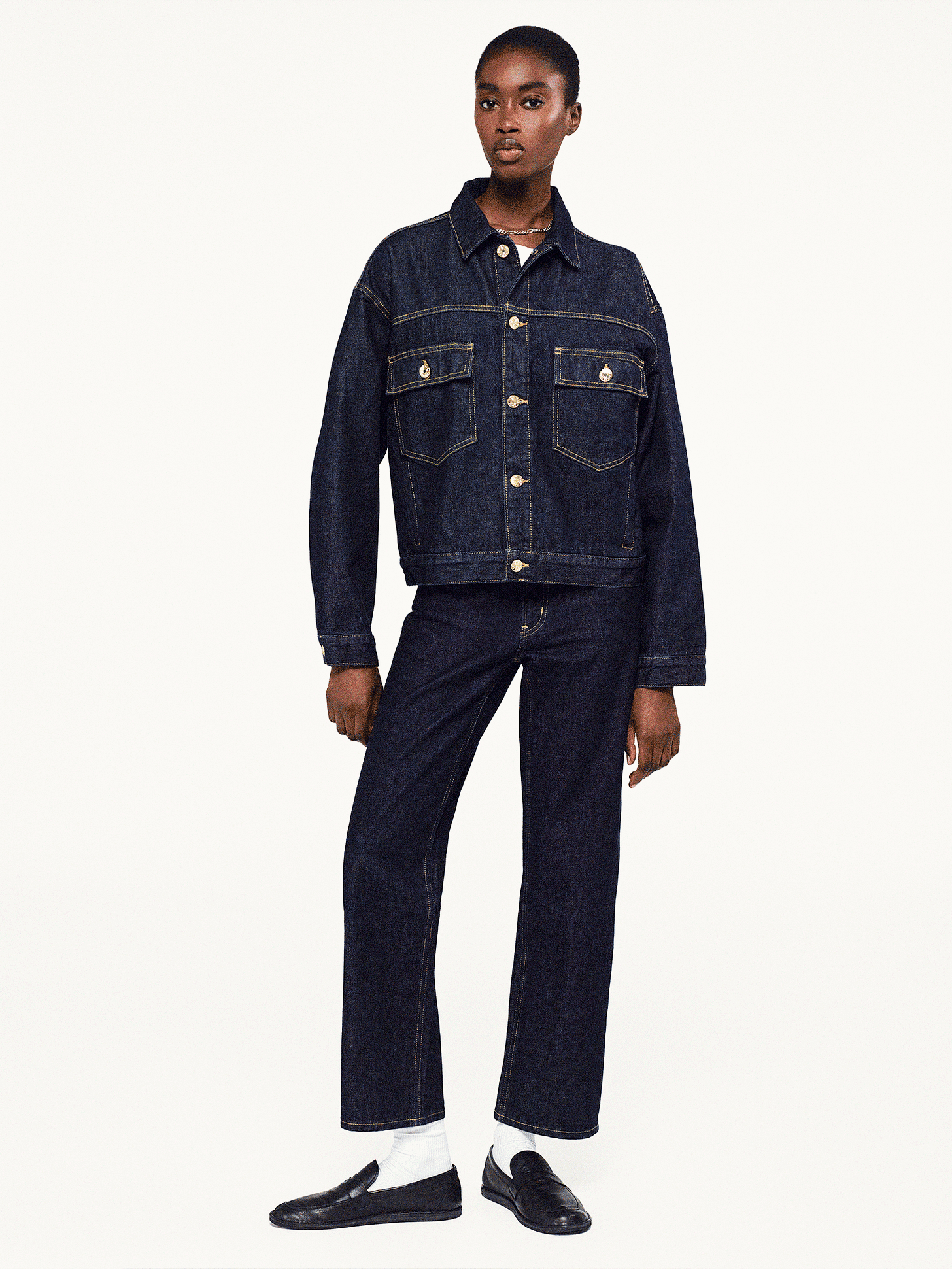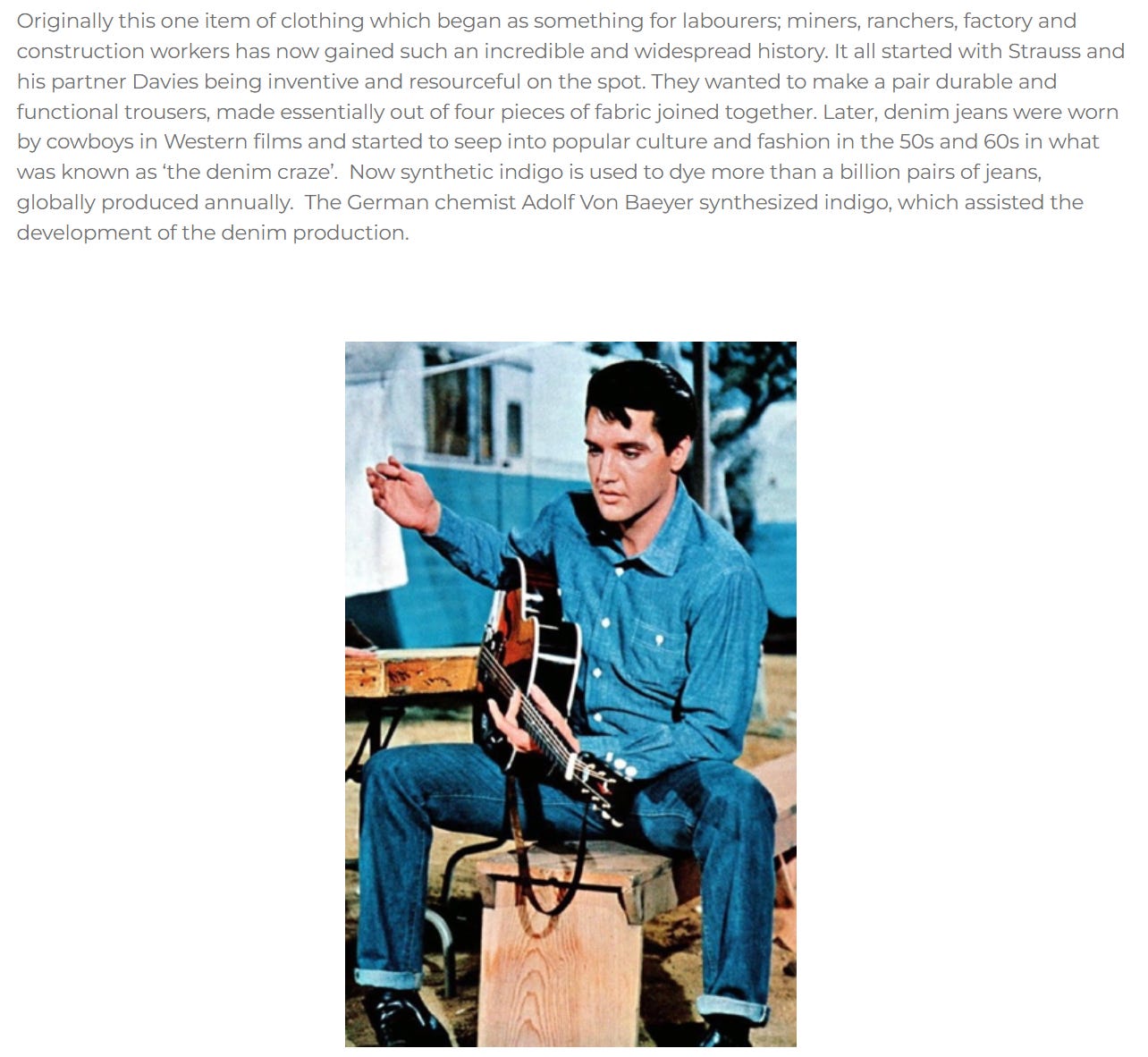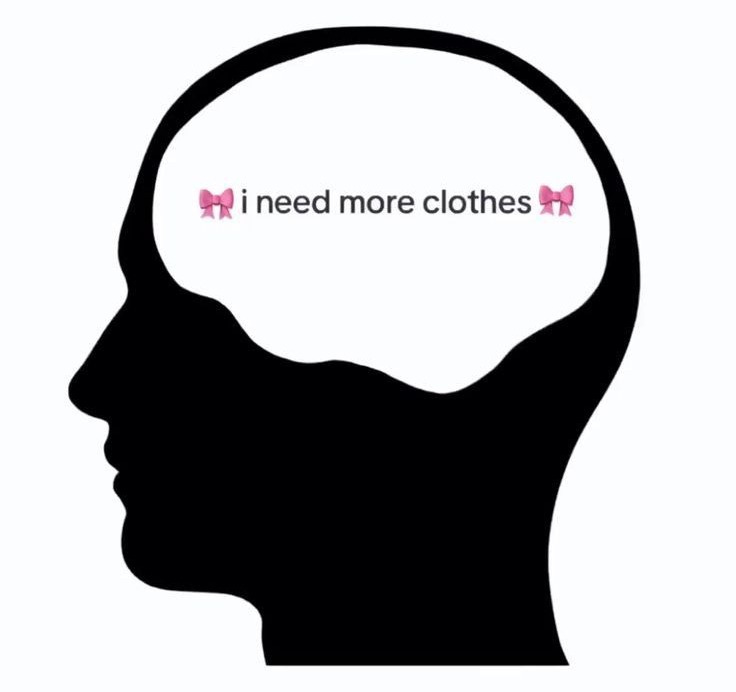09. How to sidestep trend traps
New year, new trends... But are they really "new"? Discover the history of trends and how they influence your shopping habits
Which came first: the chicken or the egg? 🐣
If we haven’t asked it, we’ve certainly wondered it.
In this case, I’m parroting WhatPeopleAreWearing’s recent reel, which posed the question in the context of fashion: “which came first: the streets or the runway?”
It’s an interesting concept to contemplate.
My argument would be that fashion design moguls like Christian Dior and Coco Chanel have always had creative inspiration, even before they showcased their work on ships’ upper decks and ballrooms as early as the 1910s. Therefore their desire (and influence) to create precedes their presentation of design, so I would say the streets came first.
What do you think?
And on that note, what’s a trend anyways?
Fads versus trends — and how to know the difference
Back in the Spring of 2023 — when I was studying Image Consulting through George Brown College — I learned the defining factors of fads versus trends.
The overarching goal of this study being to:
Help me style my clients (and myself) appropriately for seasonal changes, events, and the like; and
To be more economically-efficient — because there’s nothing worse than spending money on garments you never wear (and only purchased because you felt pressured to do so)!
So let’s dive into some brief definitions:
A fad is a style that comes into fashion very quickly and leaves very quickly. Another way to look at it is fads are easily identified by their extreme nature (think cut) and not easily wearable.
Like this handsy little scarf, designer unknown:
A trend, on the other hand, is a garment (or accessory) that comes into style and stays there indefinitely. This can otherwise be understood as an “instant classic”.
I recently read about one such garment:

Personally, I couldn’t care less for this style of bag. But I think we’ve all seen a huge surge in 90s fashion both on the streets and in stores for the last several years.
Which leads to another interesting point about trends: they recycle.
So much of what we see “trending” now was already trending at one point in time, which is a part of why and how it becomes timeless.
There’s something about a timeless garment’s bare bones that is solid enough, it can be reconfigured into slightly different variations over and over again.
So in one sense, you could say that nothing new is being created.
I think many of the new school creative directors taking over big fashion houses like McQueen, Gucci, Chanel are simply taking old styles and reviving them with fresh life through their own creative perspective and experience in our modern times.
Case-in-point: the comeback of indigo denim
NET-A-PORTER is saying it’s “a refreshing switch-up from black denim, which has long been the easy solution for after-dark looks. In contrast, indigo1 is unexpected and, crucially, is also warmer on the eye than classic black – it’s a subtle statement that can turn an understated outfit into one that exudes contemporary cool.”
What’s funny about this “new trend” is that denim actually saw its inception to popular culture in the 50s and 60s, not from last season’s runway. This dates back to when denim transitioned from workwear, to Western-film-wear, to everyday fashion. See below some fashion history I pulled from the Blue and White Company’s journal.
I think people forget that clothes are first an essential tool for practical purpose.
Where fashion gets interesting is when designers bend the rules and attempt balancing practicality with unique creative flair.
In other words: what gives clothing style.
When I think innovative practical fashion, there is one up-and-coming Toronto-based designer who instantly comes to mind for me: Serena Li.

Listening to Serena’s thought-process on her collection before seeing her garments on the runway really helped me understand that her career goals were as much creativity-centered as they were praise for the practical. She notoriously sources fabrics that protect against the elements while still offering striking cuts that boast edgy street chic style, and I’m here for it.
Identifying the trend trap
Back on trends — the way I see it, a trend is a trap if you feel obligated to participate.
Now I know these days the fashion industry has very much become an atmosphere of “anything goes” and you’re truly free to wear what you want.
That said, we’re still living in a social media inundated world where influencers will pop up on your #fyp with unsolicited and (seemingly) unlimited (??) unboxing videos of haute couture fashion that grip you to consume, consume, consume, regardless of your personal taste (or your budget boundaries).
Sidestepping the trend trap
I have plans to write a full-length blog on my thought process before making a purchase, but for now I’ll share five core questions to ask yourself when deciding to side with or against a “new” trend:
“Do I already have something similar enough to this new trend that I could make work instead of buying something new?”
“If I do want to try this trend, what’s the most cost-effective way to test it to see if I really do like it?” (ie thrifting, consignment, even high end clothing rentals).
“Will this piece seamlessly fit into my current wardrobe, or do I need to buy other pieces so I can style it successfully?”
“This style is popular… but does it compliment or insult my body shape?”
“Do I actually like the way this looks, or do I just want to have it because everyone else does?”
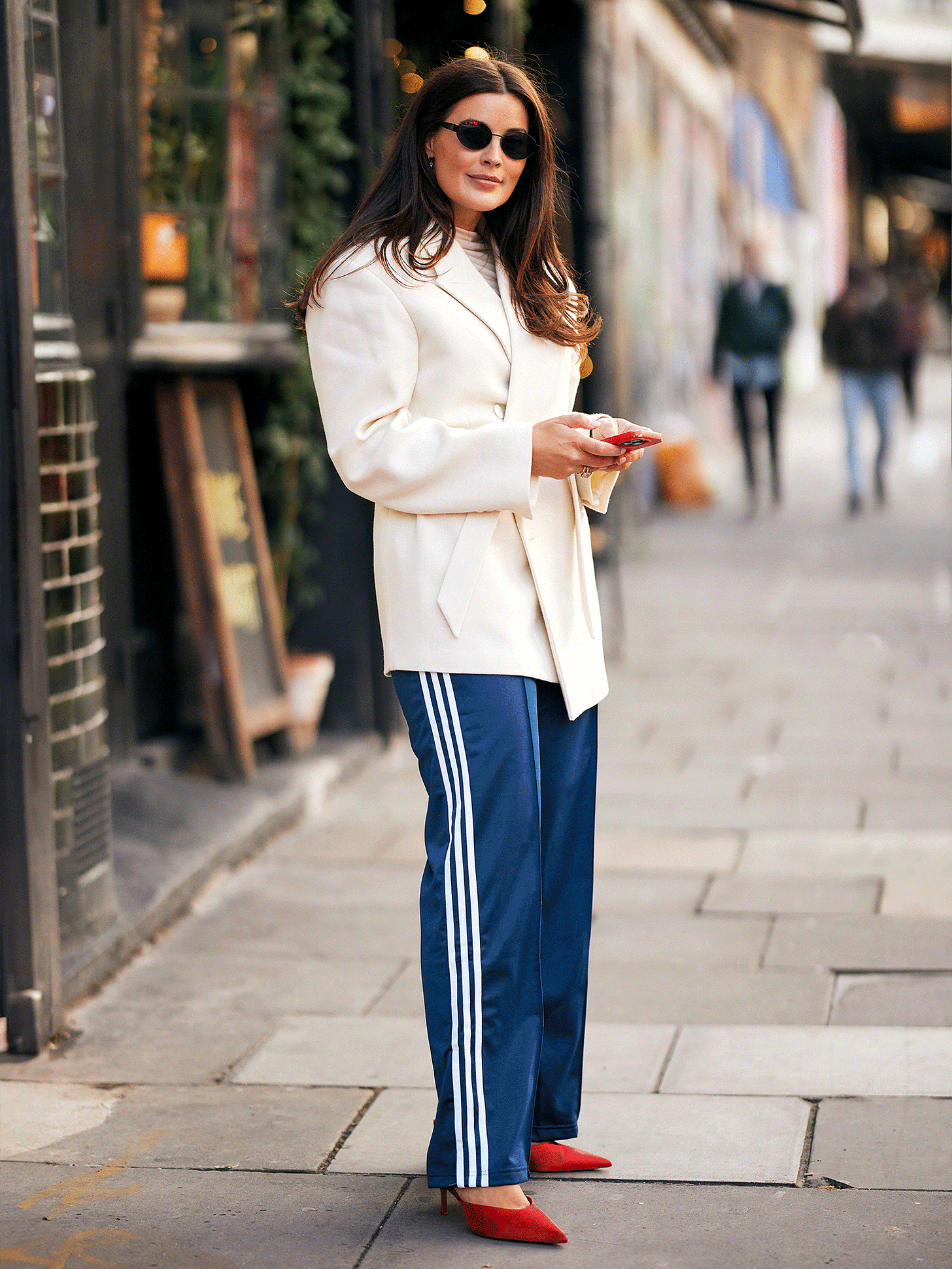
Givenchy said…
“To have style is to have a feeling for what is currently fashionable, and still to simultaneously remain true to oneself.”
You may be sitting there thinking you don’t have style. Believe it or not, it doesn’t come naturally for everyone.
Just this morning, I discovered
’s Substack, where her bio transparently states, “I don't have innate style. I learn. And help others learn too.”I appreciate this. And I believe anyone can grow into their unique style if they choose to spend time learning about themselves.
I myself may have been a fashionista since the fetus, but great style is something I have worked to refine and improve over time.
Who’s to say you can’t do the same?
💌, Tess
A visit to Fabricland last night reminded me that dyeing your clothes is an option. I think it may even take less time to dye your old fave denim than shopping around for the perfect pair of indigo. If done correctly, I can pretty much guarantee it’ll be more affordable than buying a new pair.






